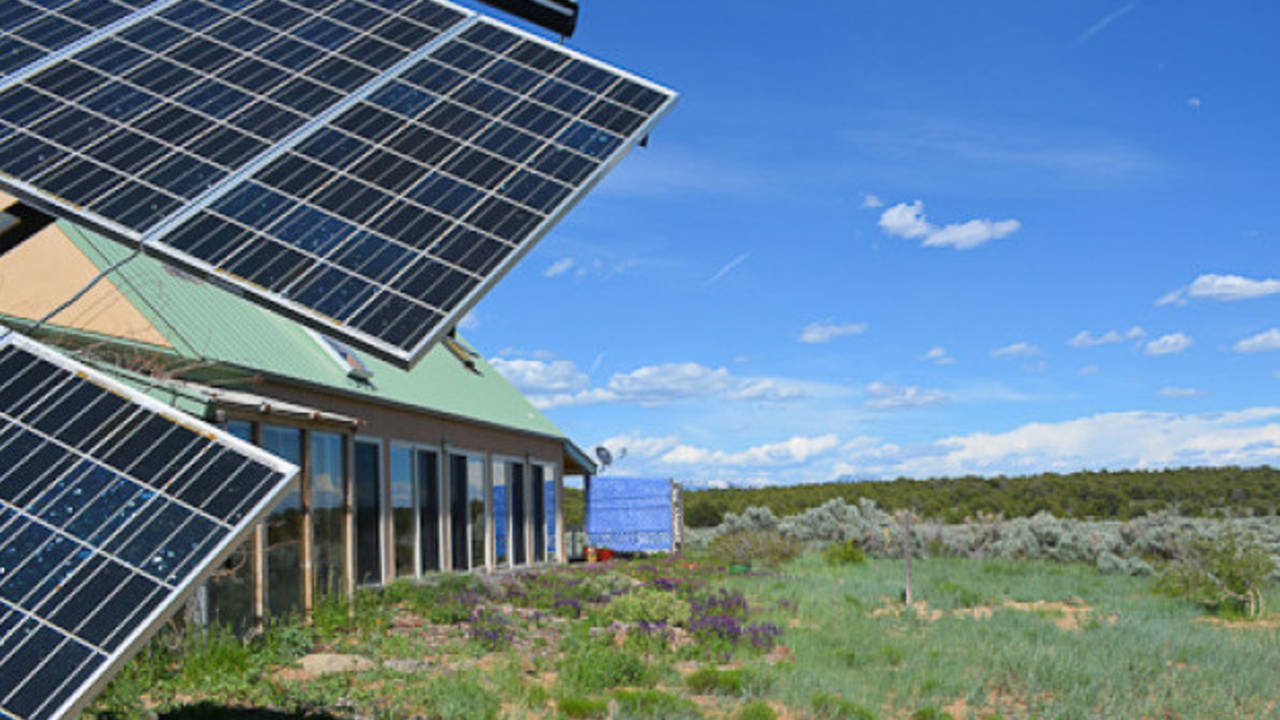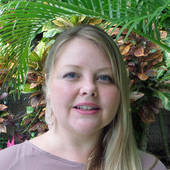Real estate agents are busy; the hustle and bustle of transactions, listings and getting the next client can easily lead to forgetting to tell the full story behind the homes we list.
If agents want buyers to fall in love with their listing, then they should consider telling the home’s love story --- the care and attention which went into the home’s creation; its materials, design, and homeowner benefits. In Taos County, New Mexico one of those extra special homes, carefully designed and built by an architect, has a unique story about why it's superior to most other home listings.
A Home’s Story Told by its Creator
The design of a passive solar building is the compilation of art, architecture, astronomy, and the Second Law of Thermodynamics.
In January 1973, when I, Fred Black, was a first semester student at the University of New Mexico School of Architecture, the overwhelming sentiment in academia was that we had an environmental emergency in progress. Humankind had been burning fossil fuels at an alarming rate since the beginning of the Industrial Revolution and there was hard, empirical evidence that we were changing the climate. Our professors said we had to start designing structures that heated and cooled themselves, produced electricity, and actually improved the environment around them. The oil embargo that same year reinforced our realization that the earth was finite as were our sources of energy.
So it was with a sense of urgency that we built our first solar home in 1977 in the high country near the Navajo Nation in western New Mexico. At a staggering 800 square feet, it was built of stone and wood framing. The floor was 3 feet below ground level to tap the natural warmth of the earth. A windmill pumped our water, a wood burning stove cooked our meals (and provided back up heat) and we read at night by the light of kerosene lamps. As temperatures graced the 30 below zero mark, we learned some valuable lessons that we applied to other solar homes.
The Art
Fast forward to the summer of 2000 when we began building our third solar home on 200 acres in the high sage brush and forests of Taos County. Technically, it was massively different from that first home. The idea was for the house to be “off grid” and keep our carbon footprint below the world average of 4 tons per person per year, (the average American puts out about 20 tons). But we would actually have electricity and everything a “normal” house would have.
The Architecture
All building materials carry with them an embedded energy - the energy needed for their production. When it comes to building in the American Southwest, adobe is a natural choice because of its low embedded energy. Traditionally, adobe has been the product of mud, straw, sunshine, and human toil. These days, even with the use of a front-end loader and dump truck, it is still a very environmentally friendly building material.
The Astronomy
Another natural choice here in the Southern Rockies is the use of sunshine to heat. We have about 300 days of sunshine a year. Winter storms come through, dump snow, and leave days of brilliant sunshine in their wake.
In this climate, during the month of January, any south-facing window will gain more energy than it loses. Make that window double glazed, put an adobe wall behind it, cover it at night with an insulative shade, and you have a heating system.
The winter sun is very low in the sky and, on a clear day, it floods the home with sunshine all day. Typically, at the winter solstice, the adobe walls have a temperature somewhere between 75 and 78 degrees which will warm the house at night and through cloudy days. Even a fire in the stove all day does not give you as much heat as one sunny day.
Summer cooling is not a problem here at 7700 feet. As I write this in late July, we have yet to see the thermometer hit 90. The opposite of winter, the high summer sun comes just a few inches into the house on the south side, producing little or no heat. Strategic placement and size of north, east, and west windows keeps summer solar heating to a minimum.
Second Law of Thermodynamics
My wife and I started building this house in the fall of 2000. As a licensed architect, I was able to draw the plans and get a building permit. Like our first house, with no electricity on the site, this home was built entirely with hand tools. Since it was just the two of us, some things, like the huge, concrete foundation, were contracted to professionals. After that, every board was cut by hand, every nail driven with a hammer, and every ton of adobe mud was mixed by hand in a wheel barrow (mostly by my amazing wife as I hauled in adobe and built the walls). The house is basically a highly insulated wood frame house that surrounds 225,000 pounds of adobe. Like a thermos bottle, the adobe walls are surrounded by insulation and kept warm in the winter and cool in the summer.
The well and house are each supplied with electrical power by 10 - 130 watt solar panels on solar trackers with banks of batteries that store energy for night and cloudy days. Before we moved into the house, we got rid of all of our electrical appliances, not knowing how much electricity we would be using. We quickly learned that we had plenty of power to spare and began re-accumulating those appliances. Blow dryer, electric teapot, toaster, toaster-oven: we have those and more now. The trick is not to use them all at once. The refrigerator is the biggest load on the system because it is always cycling off and on. But we have a super efficient model and it just sips the energy. Electronics, like the TV and computer, draw very little power and can be switched off when not in use to avoid “phantom loads”. The batteries will supply plenty of energy during a week without sunshine, although in 18 years, we have never seen that many consecutive cloudy days.
Sharing the Home’s Story on Realty Sage for the Next Homeowner
Our home and land are now for sale. We are beginning our next adventure and are remodeling and solarizing a house in town. Searching the Internet, I found Realty Sage, and posted our property there. The posting process was efficient and easy to use. Realty Sage’s innovative “Sage Score” rates homes on a variety of criteria like home heating, water, and adherence to environmentally sensitive principles. Our house has a Sage Score of 100+. It was accomplished using very simple, traditional building materials and skills combined with standard solar electric systems. This has enabled us to keep our total carbon footprint at around 3 tons each per year.
Check out this New Mexico home


Comments(0)